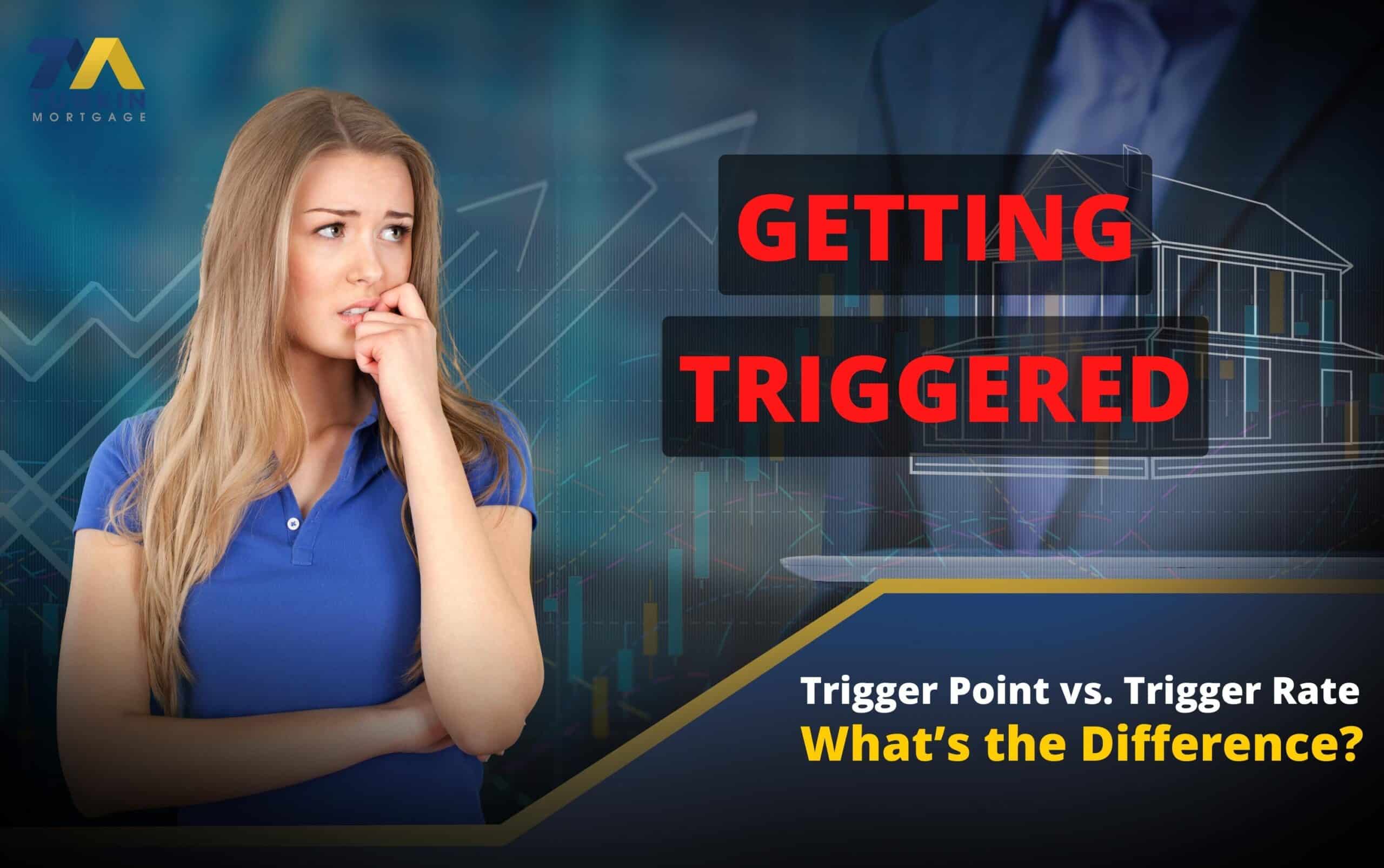The difference between Mortgage Trigger Point and Mortgage Trigger Rates. While it may seem like semantics, the definitions are important. Right now, let’s just explore the definitions themselves
As we discussed previously, there are two types of variable rate mortgages: “true” variable rate mortgages where your payment does not change when the prime rate changes, and adjustable rate mortgages where your payment changes with each change to the prime rate.
If you have the former and not the latter, here’s what you can do.
What is the trigger point?
The trigger point is when your mortgage amount exceeds a certain threshold of your property’s value.
If you have a conventional mortgage (you put at least 20% down), the trigger point is when the principal on your mortgage and any interest owing is greater than 80% of your home’s fair market value as determined by the lender.
If you have an insured mortgage (you put less than 20% down), the trigger point is when the principal on your mortgage and any interest owing is greater than 105% of the original principal amount on your mortgage.
What is the trigger rate?
Not to be confused with the trigger point, the trigger rate is when the amount of your regular mortgage payment isn’t enough to cover the interest portion of your mortgage. This occurs when your mortgage rate is greater than the trigger rate.
This is something exclusive to variable rate mortgages, because unlike adjustable rate mortgages where your payment adjusts based on prime rate, with a “true” variable rate mortgage, your payment will stay the same, despite changes to prime rate. If prime rate increases so that it isn’t enough to cover even the interest portion of the mortgage, that’s when you will have reached your trigger point.
To gain a better understanding of this, let’s run through an example together.
Let’s say that your monthly mortgage payment is $2,500 and you took out your mortgage when prime rate was lower. If you have hit your trigger point, the $2,500 payment won’t even be enough to pay the interest on your mortgage.
What happens when you reach the trigger point?
When you reach your lender’s trigger point, your lender should contact you.
Once your lender contacts you, you have a limited timeframe to take action. Usually, you’re given several options. For example, you could increase your mortgage payment, make a lump sum payment or switch over to a fixed rate.
It’s at this time that you want to reach out to your trusted mortgage professional for some guidance. Your mortgage professional can help you decide the best course of action
If you are concerned that you could be reaching your lenders’ trigger point, it’s a good idea to be proactive and contact your mortgage professional. Your mortgage professional would be happy to shed some light by giving you a free assessment.



